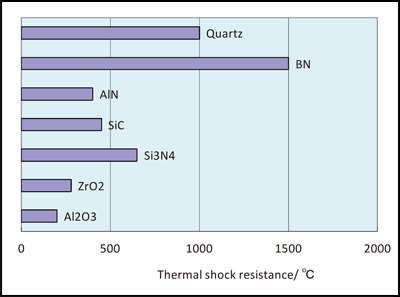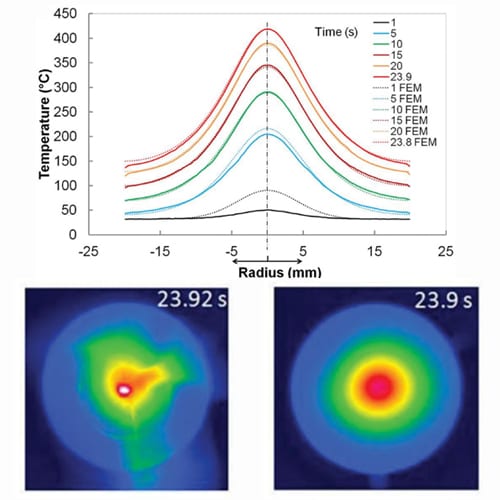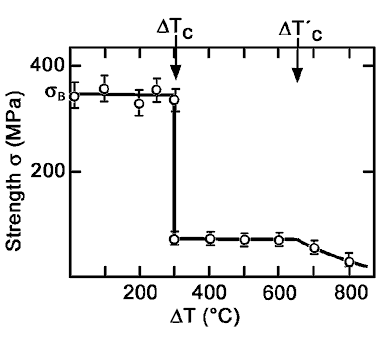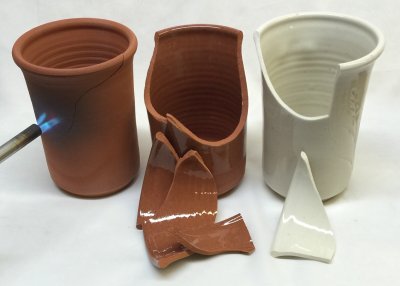Thermal Shock Resistance Polymers Vs Ceramics

Zirconia toughened alumina al 2 o 3 15 vol y psz 3 mol y 2 o 3 reinforced with 10 vol silicon carbide whiskers zta 10sic w ceramic matrix composite has been characterized with respect to its room temperature mechanical properties thermal shock resistance and thermal stability at temperatures above 1073 k the current ceramic composite has a flexural strength of 550 to.
Thermal shock resistance polymers vs ceramics. It can be also extended to the case of a thermal gradient which makes different parts of an object expand by different amounts. The composition of coating materials and the spraying conditions are shown in table 1 the ni 21cr 10al 0 8y wt alloy was plasma sprayed to a thickness of 100μm before the spraying of. Compare metals polymers and ceramics on a chart or table using the following properties and the ratings low high and highest. A stainless steel specimens jis sus304 for the thermal shock test 30 450 13mm and for the hot corrosion test 50 50 5mm were sprayed with a metallic undercoat and ceramic top coat in a double layer.
This is a process that takes place abruptly when there is a sudden variation of temperature either from hot to cold or vice versa. Density ductility hardness corrosion resistance hardness thermal conductivity electrical conductivity wear resistance. Asked jul 25 2020. Thermal shock is a variation in temperature which causes tension in a material.
Some ceramic fillers are characterized as thermal shock resistant apparently surviving temperatures as high as 1400 c. Microsize such particles were put into a thermoplastic vulcanizate tpv namely blends of polypropylene pp and ethylene propylene diene epdm rubber at the concentration of 5 wt.



















